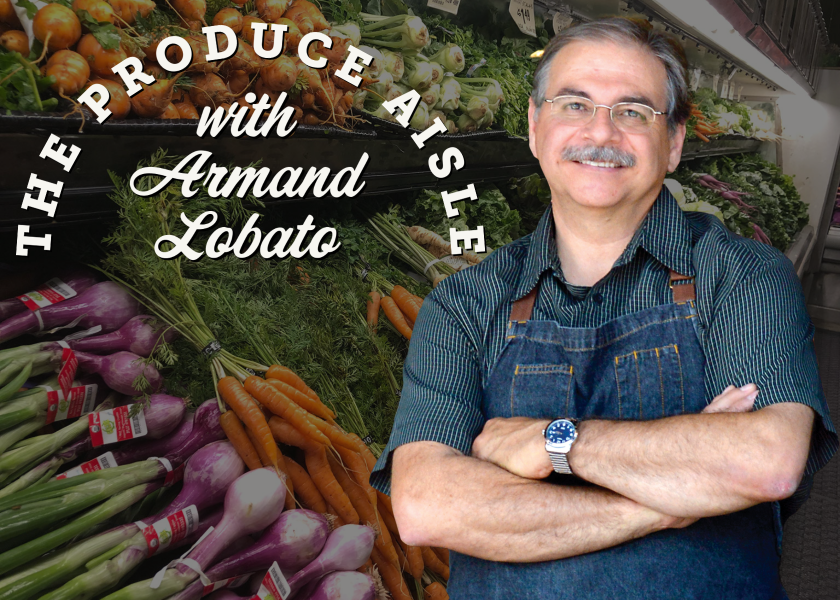How a successful grocer can become a faint memory

Kids naturally misunderstand a lot of things. For example, my wonderful, sixth grade English teacher seemed to invoke some cool-person event she referred to as “Miss Elainious Day” — as every Friday we could read freely or work independently on anything we wanted to catch up on. (It was miscellaneous day.)
Or even at a younger age, I thought there was an additional Santa reindeer named Olive. You know, “All of the other reindeer, used to laugh and call him names …” Well, you know the rest. Olive. I must have been a strange kid.
Or, sitting in the back seat of dad’s car in the mid-1960s, I mis-heard another fictitious word: yoostabee.
As in, “See that hardware store? That used to be a Del Farm Grocer. There used to be quite a few of those around.” As I got a little older, I heard, “That big building with the empty lot there? That used to be a Miller’s supermarket. Don’t know why they went out of business.”
As I grew up, I learned. These supermarket chains were overcome by their competitors.
It happens. Even the name grocer is derived from gross-er, or a merchant that sells merchandise at a slim profit margin but makes up for this by selling in gross or mass volume quantities to meet their profit goals.
As luck would have it, I ended up in the supermarket business and saw close-up what this meant.
In fact, the grocery chain I worked for held a commanding 51% market share. By the time I’d risen through the produce ranks and became privy to these performance reports, I learned this was an unreal percentage and that many chains were considered successful if they had even a quarter of the market share that we had. We stood on the shoulders of the giants who built our chain, however they managed to grow to such a lofty perch.
Our chain was the tops all right, followed by two national-brand competitors that also had respectable market shares but nowhere near the muscle of our hometown chain.
Related: More insight from Armand Lobato
Competitors tried over the years. They’d come in, enjoy some success, but one by one they dissolved or retreated to whatever base they had originated. We ruled, man.
Then, late in my career, we had a big meeting one day with all the company big shots — and everything changed.
The CEO warned us that a formidable chain was coming and all but guaranteed that our market share was no longer safe. Of course, we scoffed and muttered under our breath that nobody had done such a thing to date; not one of us seriously thought it could have such a negative impact on our business. But it did.
All the things he warned us about came true. And all those decades later, our chain — my starting point (that I left not long afterwards) — tumbled and fell into the mid-20% range. That’s still a respectable position but certainly far shy of the lion’s share status.
And in the process our chain lost a lot of good people, even resulted in closing some locations where today, no doubt, someone is driving by those spots, perhaps saying to their own backseat kid, “See that (health club, converted church, hardware store)? That used to be a grocery store.”
Overconfidence exists, sometimes to a fault. Despite what you may overhear in the break room, no chain is too big to fail.
There’s no doubt that grocers churn out hefty profits, and many chains net far more than the standard 1 to 3 cents on the sales dollar, and few people shed a tear as to their solvency in such conversations. However, retailers are compelled to follow specific, operations standards just like any business, and any chain is susceptible to regress, to surrender market share, to closures — to failure.
Since perishables, and specifically the produce department, figure prominently in customer satisfaction — and in gross and net, store profits — it’s imperative to emphasize this and concentrate on making your produce department the finest and best-run department in the store. To strive for and maintain the highest of customer service, quality and overall standards. The future of your store and even the chain may ultimately depend on it.
Don’t let your store become some repurposed building that’s referred to someday as just another yoostabee.
Armand Lobato works for the Idaho Potato Commission. His 40 years of experience in the produce business span a range of foodservice and retail positions.







